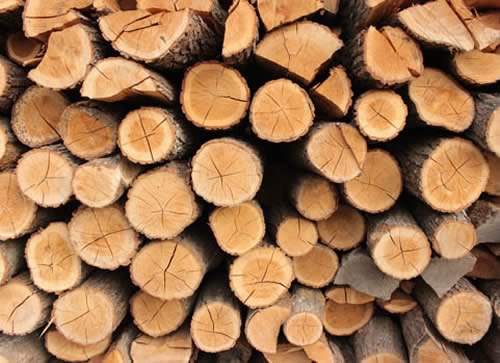The surge has been driven by
economic growth, new manufacturing capacities in Eastern Europe and
demand for biofuel.
Global production of major wood products surged in
2016 for the seventh consecutive year with a growth rate of three to
six percent, according to new data published by the UN
Food and Agriculture Organization.

The fastest increase in major wood products (industrial roundwood,
sawnwood, wood-based panels, wood pellets) occurred in Asia-Pacific,
Northern America and Europe driven by positive economic growth, new
manufacturing capacities in Eastern Europe, particularly for
particleboard and Oriented Strand Board (OSB), as well as growing
demand for bioenergy.
"Globally, production of all major products gradually recovered in
2010-2016 from the economic crisis of 2008-2009," said Mats
Nordberg, FAO Senior Forestry Officer. "In 2016, the growth pace in
the wood sector doubled compared to the previous year, and this
positive trend is likely to continue through 2017-2018 due to global
economic development and higher demand for renewable energy."
Particleboard and OSB production gains momentum
Global production of particleboard and OSB wood panels commonly used
in furniture manufacturing and construction saw the fastest growth
among all wood product categories. The particleboard production
growth rate soared from 0.3 percent in 2015 to 8 percent in 2016,
whereas global production of OSB wood panels grew by 10 percent last
year compared to a 7 percent increase in 2015. The surge was mainly
triggered by new mills in Eastern Europe, including the Russian
Federation, as well as increased production in China and Northern
America.
Russia has recently overtaken Canada and Germany to become the
world's third-largest producer and consumer of wood-based panels
after China and the USA. Canada saw double-digit growth in
production and exports of wood-based panels in 2014-2016 thanks to
increased sales to the US due to a recovering economy and housing
market. China registered the sharpest surge of 42 percent in
production of wood-based panels between 2012 and 2016
"A rapid growth in wood-based panel
production means storing more carbon for longer periods compared
with other wood product categories such as pulp and paper or wood
fuel. This contributes to reducing carbon emissions in the
atmosphere. Another positive trend is the increase of recycled wood
used in panels which also prevents carbon release," said Nordberg.
Wood pellets boom continues
The production of wood pellets has increased dramatically in recent
years to meet bioenergy targets set by the European Union. In 2016,
global production grew by another six percent, reaching 29 million
tonnes, more than half of which was traded internationally.
Europe and Northern America accounted for almost all global
production (58 percent and 32 percent respectively) and consumption
(81 percent and 8 percent respectively).
An increase in the United Kingdom's and the Republic of Korea's
imports and consumption by 0.7 million tonnes accounted for the
increase in the global consumption and imports due to the national
renewable energy policies in these two countries.
Consumption of wood pellets in Asia increased by 17 percent. The
Republic of Korea became the third largest wood pellets importer
after the UK and Denmark, driving up wood pellet production in Viet
Nam, Malaysia, Indonesia and Thailand. Imports of wood pellets also
rose in Japan and China.
FAO's forest products statistics cover 55 product categories, 21
product groups and 245 countries and territories.